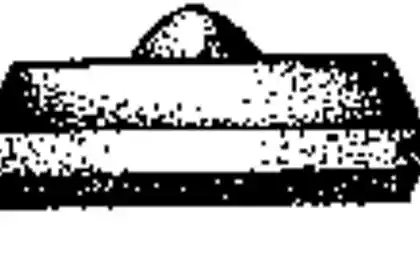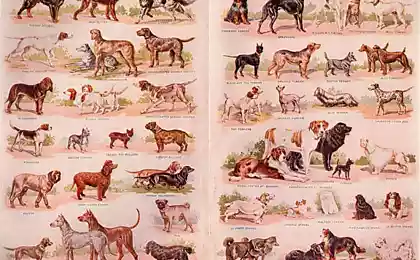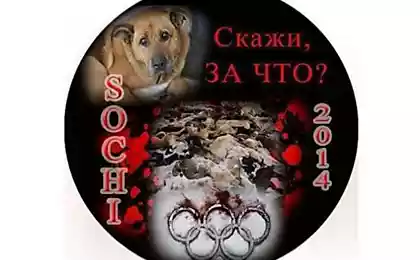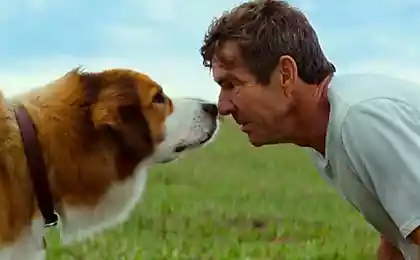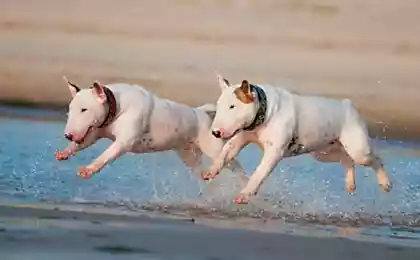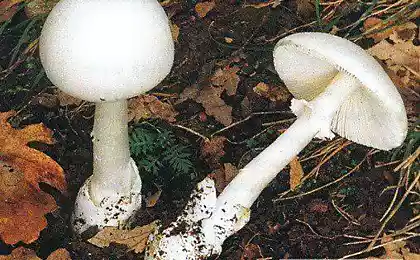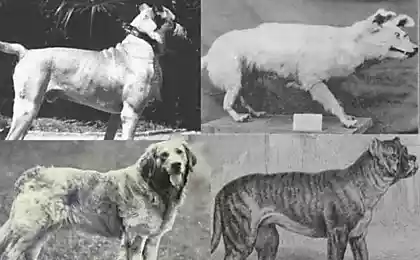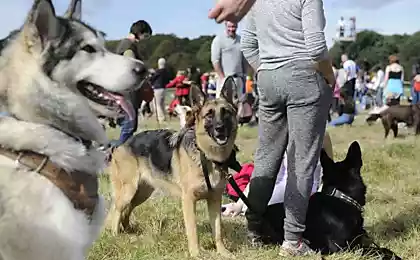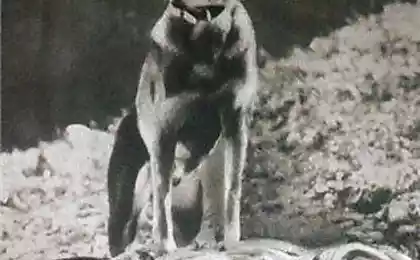160
On the danger of poisoning dogs with anti-icing reagents
Every year, with the arrival of winter, dogs with poisoning with anti-icing reagents begin to enter veterinary clinics. We will try to understand how dangerous the reagents are, how poisoning occurs and what actions should be taken in case of detection of symptoms of poisoning, not forgetting about preventive measures.
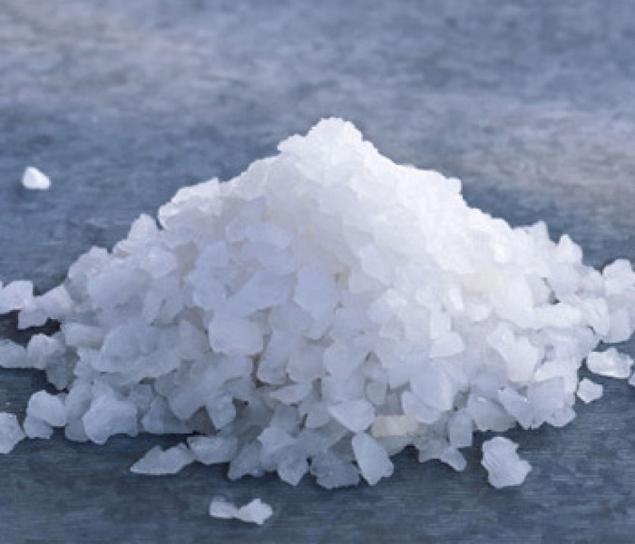
Standards and classes
Halogen-containing anti-icing reagents based on MgCl2, CaCl2, NaCl belong to the third hazard class (substances moderately dangerous) according to GOST 12.1.007-76 Harmful substances. Classification and general safety requirements.” These substances have an irritating effect on the skin and mucous membranes of the eyes with direct contact.
Experts warn that when working with these reagents, it is required to use personal protection of eyes, hands, and overalls in accordance with the Standard Industry Standards. Also, anti-icing reagents include additives modifiers (corrosion inhibitors).
Based on the above, it is easy to conclude: direct contact of the reagent with the skin of the animal will cause local reactions, which can lead to dermatitis, and when ingested, poisoning, the severity of which will directly depend on the amount of absorbed toxic substances.
The possibility of poisoning with reagents is quite high, since the content of chlorides in roadside snow in some places exceeds the maximum permissible concentration by 25 times. Do not forget that in addition to deicing, roadside snow will be rich in heavy metal salts and various oil products. Such a cocktail can cause serious poisoning.
How does the poisoning happen?
The scheme of getting reagents into the body of an animal is quite simple. It is enough for a dog to cross the road or walk along the side of the road, in the immediate vicinity of the road, so that poisonous substances are on its paws and wool. Reagents, thus hitting the skin, cause local reactions - dry skin, dermatitis and cracks of the skin of the pads of the paws, which can lead in turn to itching and pain, provoking the animal to lick the affected areas. Then harmful substances enter the digestive tract, causing intoxication.
But there is a simpler scheme of poisoning, leading to more serious consequences than the previous one. Some dogs like to eat snow without worrying about the environment. In this case, the ingress of toxins into the body occurs in much higher concentrations, respectively, the poisoning is much heavier. Sometimes death is possible, especially in elderly or very young animals.
Symptoms of poisoning
The course and symptoms of poisoning in dogs can be extremely diverse. They depend on the toxicity, quantity, mechanism of action, rate of absorption, duration of exposure to the body of the substance that caused poisoning. Accordingly, clinical signs of poisoning in dogs can be weakness, depressed state, shivering, convulsions, vomiting, diarrhea, salivation. In practice, there is an increase or decrease in heartbeat, narrowing or dilation of the pupils, depressed or excited state, shallow breathing, abdominal pain.
When examining the mucous membranes of the oral cavity and the inner side of the eyelids, cyanosis, anemicity, yellowness, redness, point hemorrhages, bleeding gums can be observed. Also, the severity of the condition depends on the age of the animal and the existing chronic pathologies. Most often, poisoning with reagents is accompanied by vomiting, refusal of food, lethargy, diarrhea - all these are symptoms of gastroenterocolitis. Toxic substances pass throughout the gastrointestinal tract, causing inflammation of the mucous membrane, up to ulcerative necrotic lesions.
Actions in case of suspected poisoning
If a dog is suspected of poisoning with reagents, the owner should give the animal phosphalugel or enterosgel (for small dogs in a child dosage, for large ones in an adult). If poison enters the skin, it is necessary to wash the place of contact with running water as soon as possible. Dynamic monitoring of the animal is required. If there is no improvement, consult a veterinarian immediately.
When making a diagnosis, historical data are extremely important, since poisoning can be caused not only by anti-icing reagents, but also by other poisons. In this case, urgent resuscitation measures (isoniazid poisoning) may be required.
To assess the damage caused to the body, further prognosis of the development of the disease and the choice of the most rational treatment, it is necessary to conduct a number of additional diagnostic measures (blood studies, ultrasound, x-rays, etc.), depending on the condition of the animal and history data.
In parallel, detoxification and symptomatic therapy should be carried out. Detoxification therapy is used to neutralize the poison or at least reduce its pathogenic effect on the body. The complex of its measures, depending on the indications, includes gastric lavage, deep enema, infusion therapy, the introduction of adsorbent, antioxidants. In severe conditions, transfusion of plasma, whole blood, peritoneal dialysis is necessary.
Symptomatic treatment of poisoning with reagents in dogs is aimed at maintaining the work of the digestive tract, as the most suffering from the action of this toxin (hungry diet, gastroprotectors). The animal is given pain medications. If necessary, antimicrobial therapy is performed.
Prevention
Of course, knowledge of the problem and the possibility of preventive actions significantly reduce the risk of possible poisoning with anti-icing reagents.
First of all, it is necessary to monitor your animal and prevent attempts to eat snow in the road area and in the surrounding area. If the walking route passes through the roadside area, you can recommend using protective wax for the paws or special shoes.
After a walk, it is necessary to thoroughly wash the paws and areas of the body on which toxic substances may be located (abdomen, chest, groin) and examine the paws (pulps) for skin defects and, if there are any, consult a veterinarian. published
P.S. And remember, just changing our consumption – together we change the world!
Join us on Facebook, VKontakte, Odnoklassniki
Source: veganstvo.info/580-ob-opasnosti-otravleniya-sobak-antigololednymi-reagentami.html

Standards and classes
Halogen-containing anti-icing reagents based on MgCl2, CaCl2, NaCl belong to the third hazard class (substances moderately dangerous) according to GOST 12.1.007-76 Harmful substances. Classification and general safety requirements.” These substances have an irritating effect on the skin and mucous membranes of the eyes with direct contact.
Experts warn that when working with these reagents, it is required to use personal protection of eyes, hands, and overalls in accordance with the Standard Industry Standards. Also, anti-icing reagents include additives modifiers (corrosion inhibitors).
Based on the above, it is easy to conclude: direct contact of the reagent with the skin of the animal will cause local reactions, which can lead to dermatitis, and when ingested, poisoning, the severity of which will directly depend on the amount of absorbed toxic substances.
The possibility of poisoning with reagents is quite high, since the content of chlorides in roadside snow in some places exceeds the maximum permissible concentration by 25 times. Do not forget that in addition to deicing, roadside snow will be rich in heavy metal salts and various oil products. Such a cocktail can cause serious poisoning.
How does the poisoning happen?
The scheme of getting reagents into the body of an animal is quite simple. It is enough for a dog to cross the road or walk along the side of the road, in the immediate vicinity of the road, so that poisonous substances are on its paws and wool. Reagents, thus hitting the skin, cause local reactions - dry skin, dermatitis and cracks of the skin of the pads of the paws, which can lead in turn to itching and pain, provoking the animal to lick the affected areas. Then harmful substances enter the digestive tract, causing intoxication.
But there is a simpler scheme of poisoning, leading to more serious consequences than the previous one. Some dogs like to eat snow without worrying about the environment. In this case, the ingress of toxins into the body occurs in much higher concentrations, respectively, the poisoning is much heavier. Sometimes death is possible, especially in elderly or very young animals.
Symptoms of poisoning
The course and symptoms of poisoning in dogs can be extremely diverse. They depend on the toxicity, quantity, mechanism of action, rate of absorption, duration of exposure to the body of the substance that caused poisoning. Accordingly, clinical signs of poisoning in dogs can be weakness, depressed state, shivering, convulsions, vomiting, diarrhea, salivation. In practice, there is an increase or decrease in heartbeat, narrowing or dilation of the pupils, depressed or excited state, shallow breathing, abdominal pain.
When examining the mucous membranes of the oral cavity and the inner side of the eyelids, cyanosis, anemicity, yellowness, redness, point hemorrhages, bleeding gums can be observed. Also, the severity of the condition depends on the age of the animal and the existing chronic pathologies. Most often, poisoning with reagents is accompanied by vomiting, refusal of food, lethargy, diarrhea - all these are symptoms of gastroenterocolitis. Toxic substances pass throughout the gastrointestinal tract, causing inflammation of the mucous membrane, up to ulcerative necrotic lesions.
Actions in case of suspected poisoning
If a dog is suspected of poisoning with reagents, the owner should give the animal phosphalugel or enterosgel (for small dogs in a child dosage, for large ones in an adult). If poison enters the skin, it is necessary to wash the place of contact with running water as soon as possible. Dynamic monitoring of the animal is required. If there is no improvement, consult a veterinarian immediately.
When making a diagnosis, historical data are extremely important, since poisoning can be caused not only by anti-icing reagents, but also by other poisons. In this case, urgent resuscitation measures (isoniazid poisoning) may be required.
To assess the damage caused to the body, further prognosis of the development of the disease and the choice of the most rational treatment, it is necessary to conduct a number of additional diagnostic measures (blood studies, ultrasound, x-rays, etc.), depending on the condition of the animal and history data.
In parallel, detoxification and symptomatic therapy should be carried out. Detoxification therapy is used to neutralize the poison or at least reduce its pathogenic effect on the body. The complex of its measures, depending on the indications, includes gastric lavage, deep enema, infusion therapy, the introduction of adsorbent, antioxidants. In severe conditions, transfusion of plasma, whole blood, peritoneal dialysis is necessary.
Symptomatic treatment of poisoning with reagents in dogs is aimed at maintaining the work of the digestive tract, as the most suffering from the action of this toxin (hungry diet, gastroprotectors). The animal is given pain medications. If necessary, antimicrobial therapy is performed.
Prevention
Of course, knowledge of the problem and the possibility of preventive actions significantly reduce the risk of possible poisoning with anti-icing reagents.
First of all, it is necessary to monitor your animal and prevent attempts to eat snow in the road area and in the surrounding area. If the walking route passes through the roadside area, you can recommend using protective wax for the paws or special shoes.
After a walk, it is necessary to thoroughly wash the paws and areas of the body on which toxic substances may be located (abdomen, chest, groin) and examine the paws (pulps) for skin defects and, if there are any, consult a veterinarian. published
P.S. And remember, just changing our consumption – together we change the world!
Join us on Facebook, VKontakte, Odnoklassniki
Source: veganstvo.info/580-ob-opasnosti-otravleniya-sobak-antigololednymi-reagentami.html

